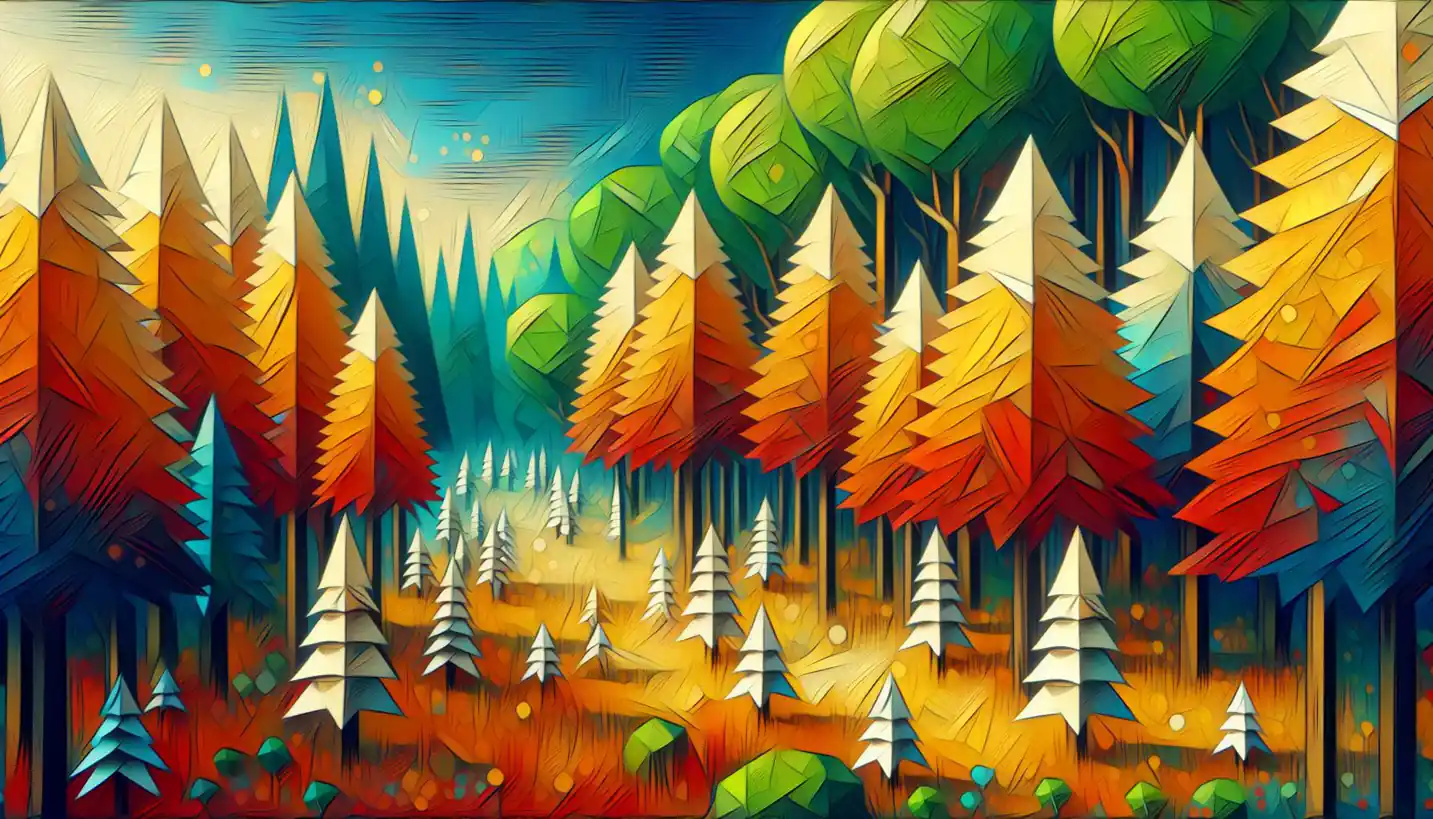· Art · 4 min read
Digital Rights Management (DRM) Mysteries: Safeguarding Creativity in the Digital World
Digital Rights Management (DRM) Mysteries: Safeguarding Creativity in the Digital World | Explore how DRM protects creative works in digital media, preserving artistic integrity. Discover the mysteries of digital safeguards.

When we browse the web or download music and movies, there’s an intricate web of technology working behind the scenes to protect the rights of creators. This is where Digital Rights Management, or DRM, comes into play. At its core, DRM is like a digital guardian ensuring that artists and creators have control over how their work is used.
DRM is essentially a set of tools designed to prevent illegal copying and distribution of digital content. Think of it as the bouncer at a club; it’s there to let in only those who have permission. Whether it’s a song, an e-book, or a movie, DRM enables creators to enforce how people can use their creations.
Understanding the Role of DRM
Let’s break it down a bit. In the digital age, content like music and movies can be copied and shared easily. DRM tackles this by employing encryption and access controls which limit how these can be duplicated or shared. For instance, you might buy a song online, but DRM might restrict how many devices you can play it on. It’s all about giving the creators a say in where and how their work travels.
But why is this important? Well, imagine you’re an artist pouring your heart into an album. Without DRM, anyone could potentially redistribute it without your consent, impacting your earnings and control. DRM ensures that your intellectual property remains yours and that your audience enjoys it legally.
The Technology Behind DRM
Let’s dive into the tech a little. DRM often employs a combination of encryption, licenses, and digital watermarks. Encryption scrambles the content in such a way that only authorized users can unscramble and access it. Picture it as a digital safe that needs a special key to open.
Licenses are like the digital equivalent of a permission slip. They dictate what a user can do—whether they can make copies, share with friends, or download onto multiple devices. Then there are watermarks, subtle digital signatures embedded in the content. Even if someone tries to crack DRM, these watermarks can trace the source.
Controversies and Challenges
DRM is not without its controversies. Some critics argue it can be too restrictive. Have you ever bought a DVD and found it wouldn’t play outside of your region? That’s DRM at work, but it frustrates consumers who want flexibility.
There’s an ongoing debate about finding the balance between protecting creators’ rights and ensuring consumer freedom. Some people feel DRM can stifle innovation or infringe on privacy and fair use, which is legally protected under copyright law.
Companies and creators are constantly tweaking DRM to address these concerns while making sure it doesn’t become a barrier. It’s a dance between security and freedom, and the steps are continually evolving.
The Future of DRM
Looking ahead, the future of DRM might be influenced by new technologies like blockchain. Blockchain could offer more secure and transparent ways to manage digital rights. Imagine a world where each song or book has a unique digital ID, allowing creators to track its journey across the web seamlessly.
As technology grows, so will the opportunities for DRM to evolve, perhaps reducing some of the friction it causes today while still safeguarding artists’ rights.
Why DRM Matters
In the digital era, media consumption is ingrained in our daily lives. DRM plays a critical role in ensuring that creators get fair compensation and recognition for their hard work. It allows for a vibrant creative industry where artists feel protected and consumers enjoy high-quality content.
Moreover, DRM isn’t just about restrictions. It’s about fostering a safe digital environment where creativity can thrive without fear of piracy or unauthorized sharing. It ensures that when we enjoy digital art, we are supporting those who labor tirelessly to create it.
Engaging Questions for the Curious Reader
How much freedom should consumers have when it comes to DRM-protected content? Can future technologies find a middle ground that satisfies both creators and consumers? And how might emerging platforms change the landscape of digital rights?
These questions help us ponder the complexity of digital rights and the potential paths we might take as technology continues to leap forward.
Final Thoughts
Digital Rights Management may seem like a complex and sometimes controversial topic, but at its heart, it’s about respect—respect for the creators and their work. By understanding DRM, we not only appreciate the digital art around us but also contribute to a fair and sustainable creative ecosystem.
Next time you listen to a song or watch a movie, remember the invisible guardians at work, ensuring that creators are celebrated and compensated, and that the digital world remains a rich tapestry of art and innovation.



